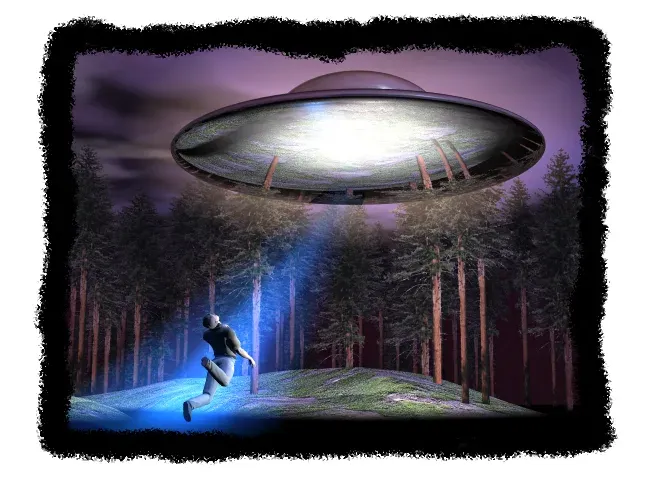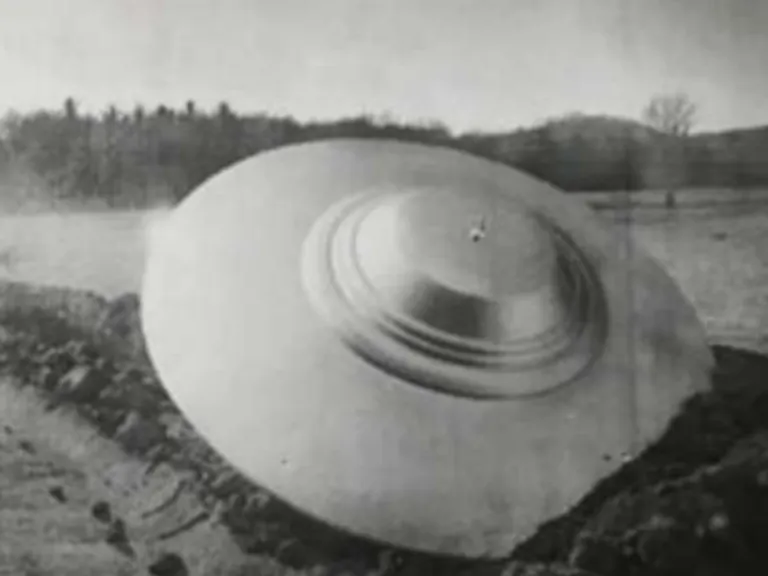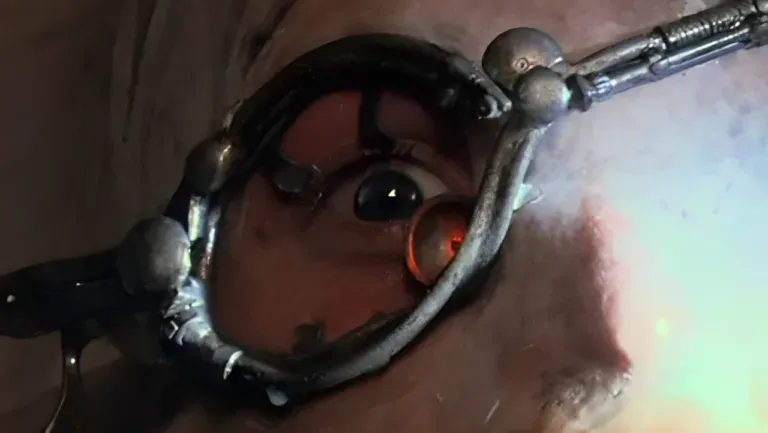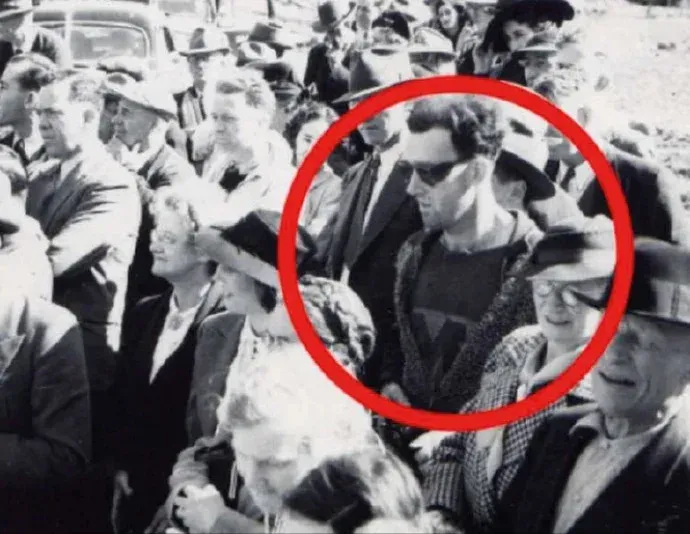The Complete History of Area 51
The Complete History of Area 51
 Introduction
Introduction
Area 51, the highly secretive military base in the Nevada desert, has long been a focal point for conspiracy theories, UFO sightings, and government secrets. Officially known as Groom Lake or Homey Airport, this remote location has become synonymous with clandestine government projects and extraterrestrial legends. The history of Area 51 is as enigmatic as it is fascinating, spanning from its foundation during the Cold War to its current status as a hotspot for speculation and intrigue.
Origins and Foundation
 The history of Area 51 begins in the early 1950s, during the height of the Cold War. The United States Air Force was seeking a remote location to test new aircraft and technologies away from prying eyes. In 1955, a dry lake bed in the Nevada desert was chosen for this purpose. The site, known as Groom Lake, was selected for its isolation and the natural runway provided by the flat lake bed.
The history of Area 51 begins in the early 1950s, during the height of the Cold War. The United States Air Force was seeking a remote location to test new aircraft and technologies away from prying eyes. In 1955, a dry lake bed in the Nevada desert was chosen for this purpose. The site, known as Groom Lake, was selected for its isolation and the natural runway provided by the flat lake bed.
The initial purpose of Area 51 was to serve as a testing ground for the U-2 reconnaissance aircraft. The U-2 program, developed by the Central Intelligence Agency (CIA) and Lockheed Martin, required a secret and secure location due to its high-altitude surveillance mission over the Soviet Union. Groom Lake, with its vast open spaces and remote position, was ideal for this purpose.
Cold War Projects
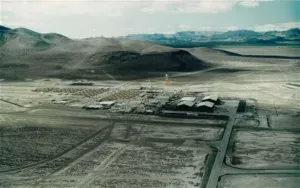 During the 1950s and 1960s, Area 51 became a hub for testing some of the most advanced and secretive aircraft in the United States’ arsenal. After the U-2, the A-12 Oxcart, a precursor to the SR-71 Blackbird, was developed and tested at Groom Lake. These aircraft were designed to fly at extremely high altitudes and speeds to evade detection by enemy radar and surface-to-air missiles.
During the 1950s and 1960s, Area 51 became a hub for testing some of the most advanced and secretive aircraft in the United States’ arsenal. After the U-2, the A-12 Oxcart, a precursor to the SR-71 Blackbird, was developed and tested at Groom Lake. These aircraft were designed to fly at extremely high altitudes and speeds to evade detection by enemy radar and surface-to-air missiles.
One of the most significant developments during this period was the SR-71 Blackbird. This advanced reconnaissance aircraft, capable of flying at speeds exceeding Mach 3, became a crucial asset in the United States’ intelligence-gathering efforts during the Cold War. Its development and testing at Area 51 were shrouded in secrecy, and the base’s operations remained classified for decades.
The Birth of the UFO Myth
The association of Area 51 with UFOs and extraterrestrial phenomena began in the late 1940s and early 1950s, a period when the United States experienced a wave of UFO sightings. In 1947, the famous Roswell incident, where a mysterious object crashed near Roswell, New Mexico, fueled public interest in UFOs and government cover-ups.
The secrecy surrounding Area 51 and its operations only added to the speculation. The remote location, restricted airspace, and presence of advanced aircraft led many to believe that the base was involved in studying extraterrestrial technology and reverse-engineering alien spacecraft. These theories were further popularized by books, films, and television programs, cementing Area 51’s place in popular culture as the epicenter of UFO conspiracy theories.
Bob Lazar and the S-4 Facility
One of the most significant contributors to the UFO myth surrounding Area 51 was Bob Lazar. In 1989, Lazar claimed to have worked at a facility called S-4, located near Area 51, where he was involved in reverse-engineering extraterrestrial spacecraft. According to Lazar, the facility housed several flying discs of alien origin.
Lazar’s claims were met with skepticism by many in the scientific and military communities, but they resonated with the public and UFO enthusiasts. His detailed descriptions of the alleged technology and the inner workings of the secret facility added fuel to the fire of Area 51 conspiracy theories.
Official Acknowledgment and Continued Secrecy

For decades, the United States government refused to acknowledge the existence of Area 51. It was not until 2013, following a Freedom of Information Act (FOIA) request, that the CIA officially recognized the base’s existence. Declassified documents revealed details about the U-2 and A-12 programs, confirming that Area 51 had been used for testing advanced aircraft.
Despite this acknowledgment, many aspects of Area 51’s operations remain classified. The base continues to be a site for testing new technologies and military aircraft, and its security measures and restricted airspace ensure that its activities remain shrouded in secrecy.
Modern Developments and Cultural Impact
In recent years, Area 51 has continued to capture the public’s imagination. In 2019, a Facebook event titled “Storm Area 51, They Can’t Stop All of Us” went viral, attracting millions of responses and renewing interest in the base. Although the event started as a joke, it highlighted the enduring fascination with Area 51 and the mysteries it purportedly holds.
The cultural impact of Area 51 extends beyond conspiracy theories and viral events. The base has been featured in numerous films, television shows, and books, often portrayed as the ultimate secret government facility housing everything from alien bodies to advanced weaponry. This portrayal has cemented Area 51’s status as a symbol of government secrecy and the unknown.
 Conclusion
Conclusion
The history of Area 51 is a complex web of Cold War espionage, advanced aerospace technology, and enduring conspiracy theories. From its origins as a testing ground for the U-2 aircraft to its current status as a cultural phenomenon, Area 51 has captured the public’s imagination and remains a focal point for those seeking answers to the unknown.
While the true nature of the activities conducted at Area 51 may never be fully revealed, its legacy as a site of mystery and intrigue is firmly established. As long as there are unanswered questions and unexplained phenomena, Area 51 will remain a symbol of the enigmatic and the extraordinary.


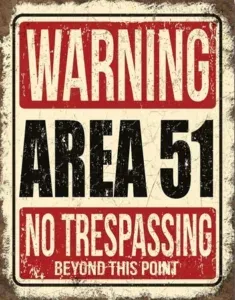 Introduction
Introduction Conclusion
Conclusion